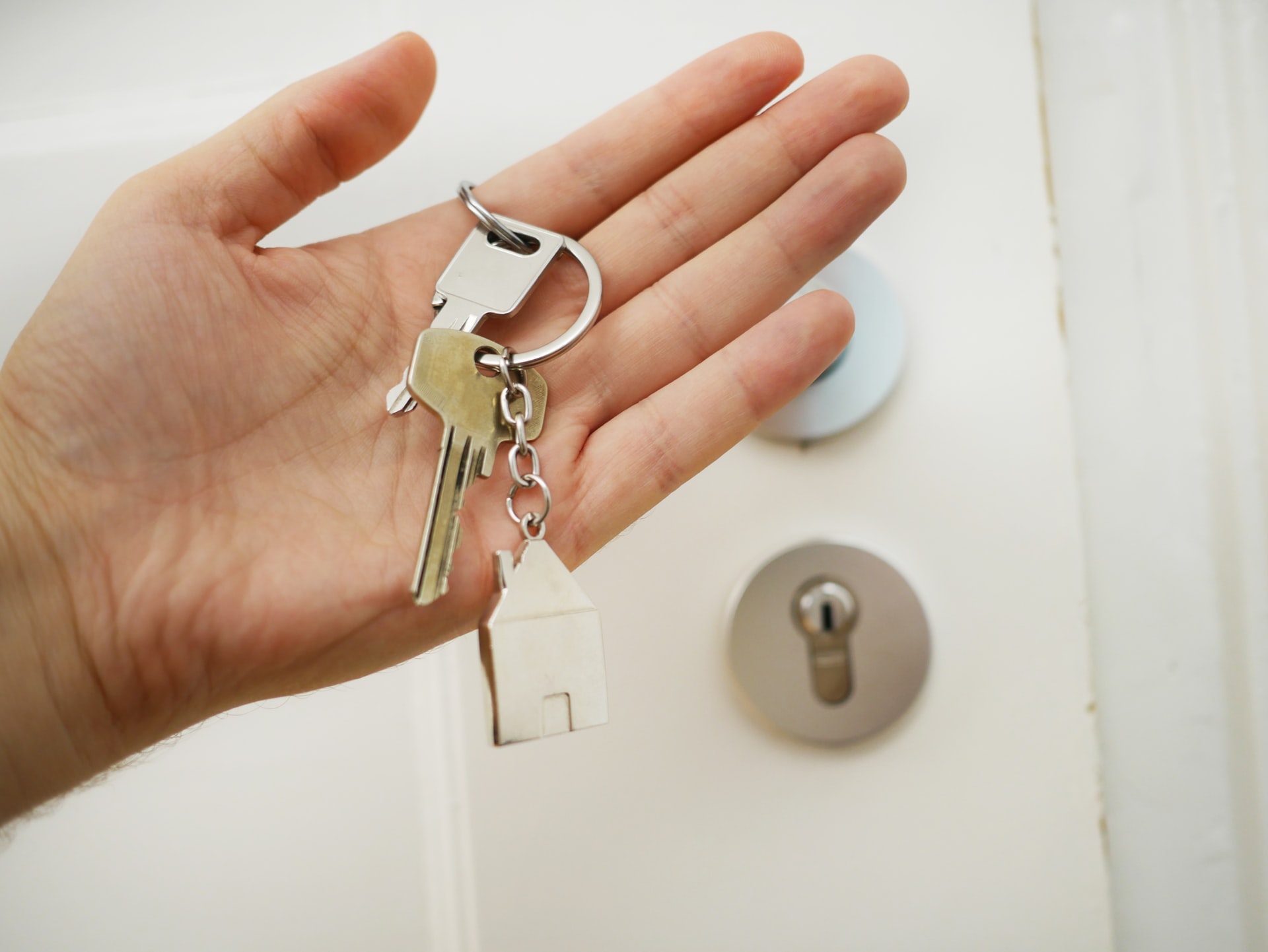The decision to transform your home into a rental property is actually one that is easier to come to grips with than you might expect. Becoming a landlord is a unique transition for a homeowner, but one that can net a significant addition to your family’s overall cash flow. As a property manager, of course, you will need to tackle important renovations for homeowners in order to list the property at a high-paying price point, but these are often simple upgrades that won’t break the bank.
When should you consider the rental property transformation?

Turning your family home into a rental property is best done when you are considering a move yourself. Rental income can really boost the financial health of a landlord, and transforming your old home is a great way to hold onto a performing real estate asset in order to squeeze additional capital out. Often times, families that are moving into a newer home aren’t able to immediately sell on their old home or don’t want to list the home yet due to real estate market conditions that aren’t yet conducive to a productive sale.
If you’ve only been living in your home for a few years — or if you’ve owned the home for many decades — holding onto the property might be the smart play. This is because real estate acts as a unique collateral vehicle for making future purchases or funding renovation projects that will continue to infuse value into the underlying cash price point of your home. A rental transformation is a great way to help you hold onto a property and generate new cash flow at the same time. If a home isn’t making money then it’s costing you capital, so a rental option is the best way to leverage this asset while you consider it a good time to sell.
In fact, managing a rental property might even help you cover a part of your new mortgage payments while canceling out the monthly payments remaining on your old property. The reason why rental properties are so lucrative for their owners is that rental rates continue to rise all across the country year over year while mortgage repayments remain the same. Once you’ve financed a home, the only way this will change is with a refinancing option that locks in a new rate. Your monthly payments remain static while your home’s earning potential continues to rise.
How to make the change.

Altering your home begins with a reading list. You will have to hunt for a guide to managing rental properties before doing anything. This is because the needs of any prospective tenants that you bring into the home are going to be different across segments of the U.S. property market. If you own a home in a college town, renovations that add a bedroom or connect bathrooms to adjacent bedrooms to create en suites might be the preferred style for your future tenants.
Alternatively, homes that are meant to attract families might benefit from luxury upgrades in the kitchen or living room. Understanding your market is the key to maximizing profit on the rental property.
Consider hiring a property manager.

Many homeowners who rake in the profits from a rental property opt to hire a third party to conduct the property management functions associated with the job. Alongside real estate agents who will list the home and endeavor to quickly sign a rental agreement, property managers are the best way to minimize your active input. Any breakage in the home goes through the real estate management company rather than directly to you. This makes your job far easier — you simply get to collect the rent checks from your tenants. However, a portion of your profit will go toward paying for the privilege of relaxation.
Homeowners who have branched into multiple rental properties often choose to rely on this service to make their life easier. This way, you deal with a professional who fields any concerns or requests from your tenants. It’s a great way to turn rental income into passive income.
If you’re considering making this swap, think about all the benefits that stand to flow your way as you venture into the world of landlording.

